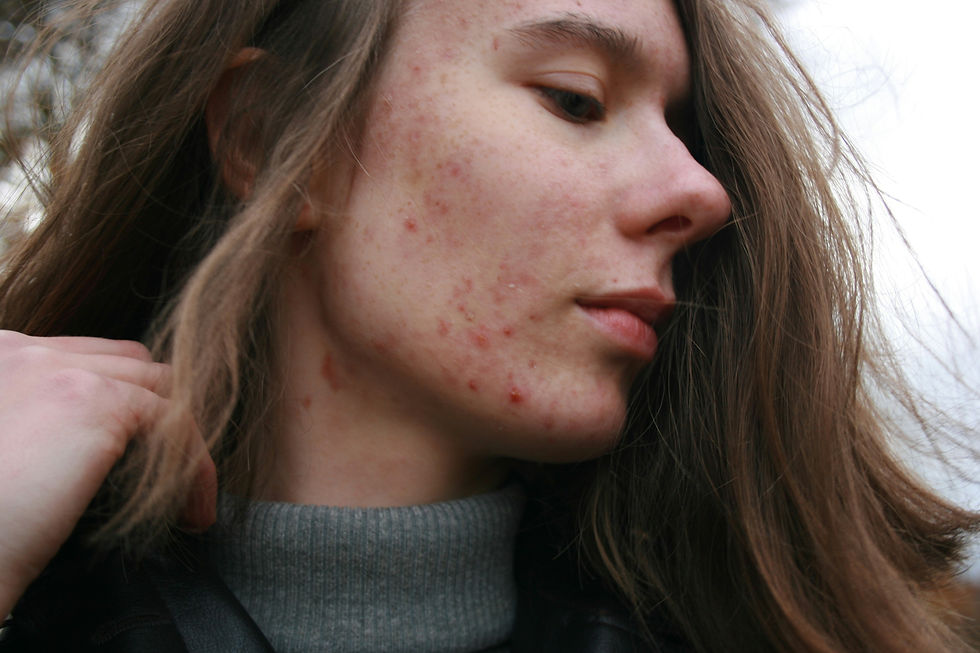Breaking Down MOCRA: Adverse Event Reporting for Cosmetic Brands
- info0940688
- Sep 8
- 2 min read

Introduction
The Modernization of Cosmetics Regulation Act of 2022 (MoCRA) has ushered in a new era of accountability and transparency in the cosmetics industry. For the first time, cosmetic manufacturers, packers, and distributors are required to report serious adverse events to the FDA. This blog kicks off our September series by diving into what adverse event reporting means under MoCRA, who’s responsible, and how to stay compliant.
What Is an Adverse Event?
An adverse event is any health-related reaction associated with the use of a cosmetic product. These can range from mild skin irritation to more severe outcomes like infections, burns, or allergic reactions.
MoCRA specifically focuses on serious adverse events, which include:
Death
Life-threatening experiences
Inpatient hospitalization
Persistent or significant disability or incapacity
Congenital anomalies or birth defects
Significant disfigurement (e.g., second- or third-degree burns, hair loss, or persistent rashes)
Even if the product is used incorrectly or in combination with other products, if the event meets these criteria, it must be reported.
Who Is the “Responsible Person”?
Under MoCRA, the Responsible Person is defined as the manufacturer, packer, or distributor whose name appears on the product label. This entity is legally obligated to report serious adverse events to the FDA.
If your brand name is on the label—even if you outsource manufacturing—you are the Responsible Person.

Reporting Requirements Under MoCRA
Here’s what the Responsible Person must do:
Report serious adverse events within 15 business days of receiving the complaint.
Include a copy of the product label found on or within the retail packaging.
Submit any new medical information related to the event within 1 year of the initial report.
Maintain records of all adverse events for 6 years (or 3 years for small businesses).
Reports must be submitted using Form FDA 3500A, available through the FDA’s MedWatch program.
Best Practices for Compliance
To stay compliant and protect your brand reputation:
Train your team to recognize and document adverse events.
Establish a clear internal reporting system for consumer complaints.
Monitor feedback channels like customer service, social media, and product reviews.
Ensure timely submission of reports and maintain organized records.
Review your labeling and marketing claims to avoid misclassification of products.
Conclusion
MoCRA’s adverse event reporting requirements are a significant shift for the cosmetics industry. By understanding your responsibilities and implementing strong compliance protocols, you not only meet regulatory standards—you also demonstrate a commitment to consumer safety and brand integrity.



Comments